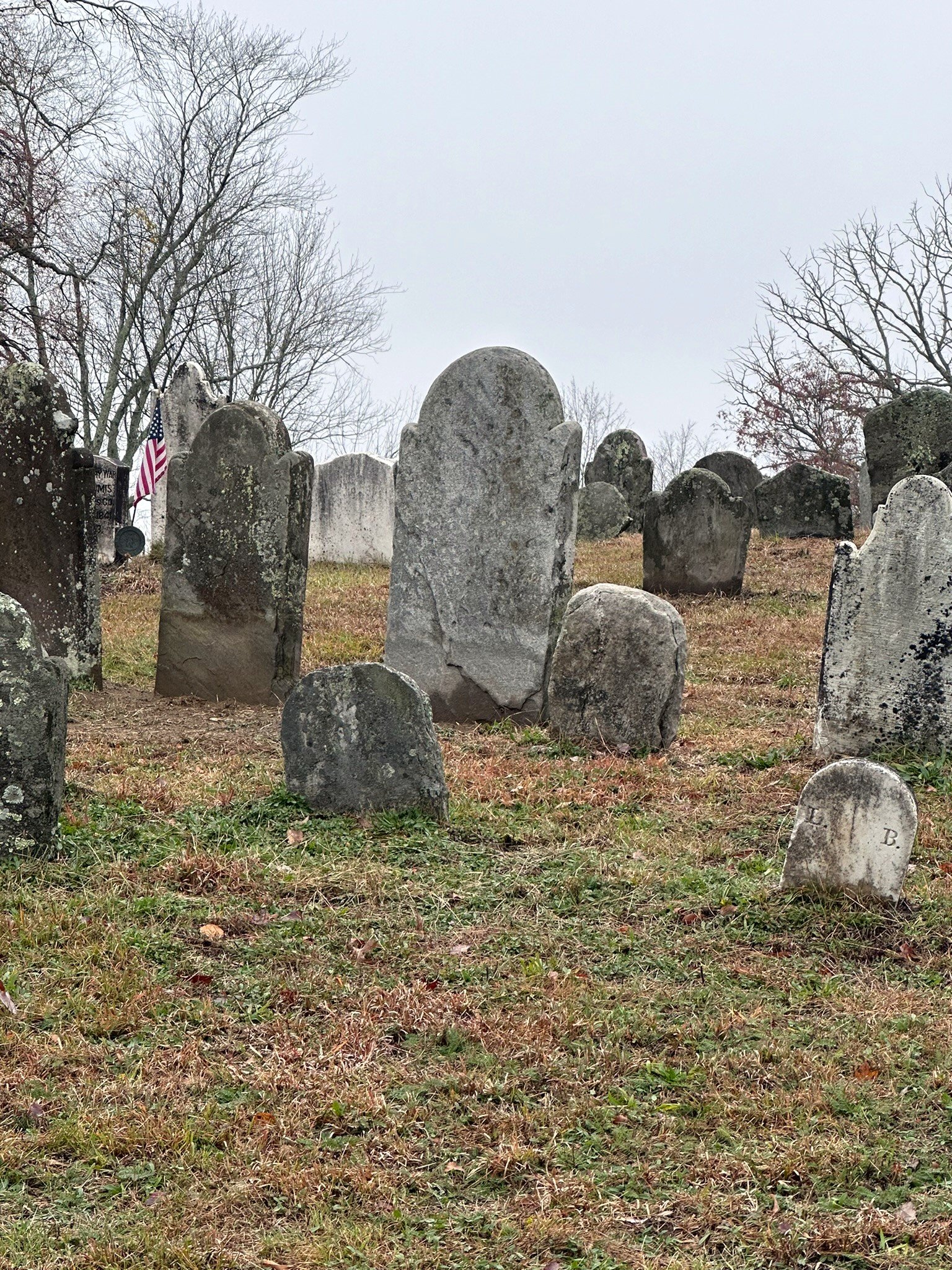Honoring Our Ancestors: An Art Journaling Journey on All Souls Day
Introduction:
As the leaves fall and the air turns crisp, All Souls Day approaches on November 2, inviting us to remember and honor our ancestors. This year, I've decided to embark on a heartfelt journey of remembrance and connection through the ancient practice of art journaling. In this blog post, I invite you to join me as I explore the profound impact of our ancestors and how art journaling can be a powerful means of preserving their memory.
I. Morning Reflections: Connecting with the Past
Begin the day with a quiet moment of reflection. Take a deep breath and set an intention for your art journaling journey today. Think about the ancestors you wish to honor and the emotions you want to convey through your art.
II. Gathering Supplies: Preparing for the Journey
Before you start your creative process, gather an art journal, paints, markers, colored pencils, brushes, and any other materials you would like to be using. Find a serene and comfortable workspace where you can focus without distractions.
III. The Power of Memories: Remembering Our Ancestors
Choose a page in your art journal that you'd like to dedicate to All Souls Day. This will be your canvas for preserving the memory of your ancestors. Take a moment to reflect on the lives and experiences of those who came before you. Write down memories, thoughts, or messages that you wish to convey to them.
IV. Emotional Expression: Letting Feelings Flow
Start by creating a background for your page using watercolors. Allow the colors to represent the emotions associated with your memories. You might use soothing blues and purples or fiery reds and yellows, depending on the feelings you want to express.
V. Writing to the Departed: A Personal Connection
Write a heartfelt letter or messages to your ancestors. Express your gratitude, love, or any words left unsaid. You can use decorative lettering or calligraphy to add a personal touch to your messages.
VI. Incorporating Mementos: Keeping Their Presence Close
Attach photographs, drawings, or small mementos that represent your ancestors. Create pockets or flaps in your journal to tuck these keepsakes away, using washi tape or adhesive to secure them in place.
VII. Mindful Art Creation: A Journey of Self-Expression
Now, it's time to create your art. Paint or sketch with care and intention. Let your emotions guide your creative process, and don't worry about perfection. Focus on self-expression and the healing power of art.
VIII. Dedicating Your Artwork: A Moment of Gratitude
Sign and date the completed page in your art journal. Write a brief dedication to your ancestors, expressing your gratitude for the creative process and the chance to remember them.
IX. Contemplation and Meditation: Finding Solace in Your Art
Spend a few moments in silence with your completed art. Meditate on the experience and the emotions it has brought forth. Consider how the creative process has provided a healing connection to your ancestors.
X. Sharing and Connecting: Building Bonds with Loved Ones
If you're comfortable, share your art and your experience with family and friends. Discuss your intentions and the significance of your artwork. Encourage others to engage in their own creative All Souls Day reflections.
XI. Closing Ritual: Honoring the Memory
As the day comes to a close, extinguish the candle you lit earlier as a symbol of remembrance. Thank your ancestors for their presence during this creative journey and store your art journal in a safe and cherished place.
XII. Personal Time for Reflection: A Deeper Connection
Take some time to reflect on your All Souls Day art journaling experience. Journal any thoughts or insights that arose during this journey. Consider making this practice an annual tradition, a beautiful way to honor and remember your ancestors.
Conclusion:
Honoring our ancestors on All Souls Day is a deeply meaningful and spiritual practice. Art journaling, with its capacity to channel emotions and memories, provides a unique and healing medium for this commemoration. As we remember and celebrate the lives of those who came before us, we not only connect with our roots but also find solace and healing in the creative process. Join me in commemorating and honoring our ancestors this All Souls Day through the power of art journaling.

















